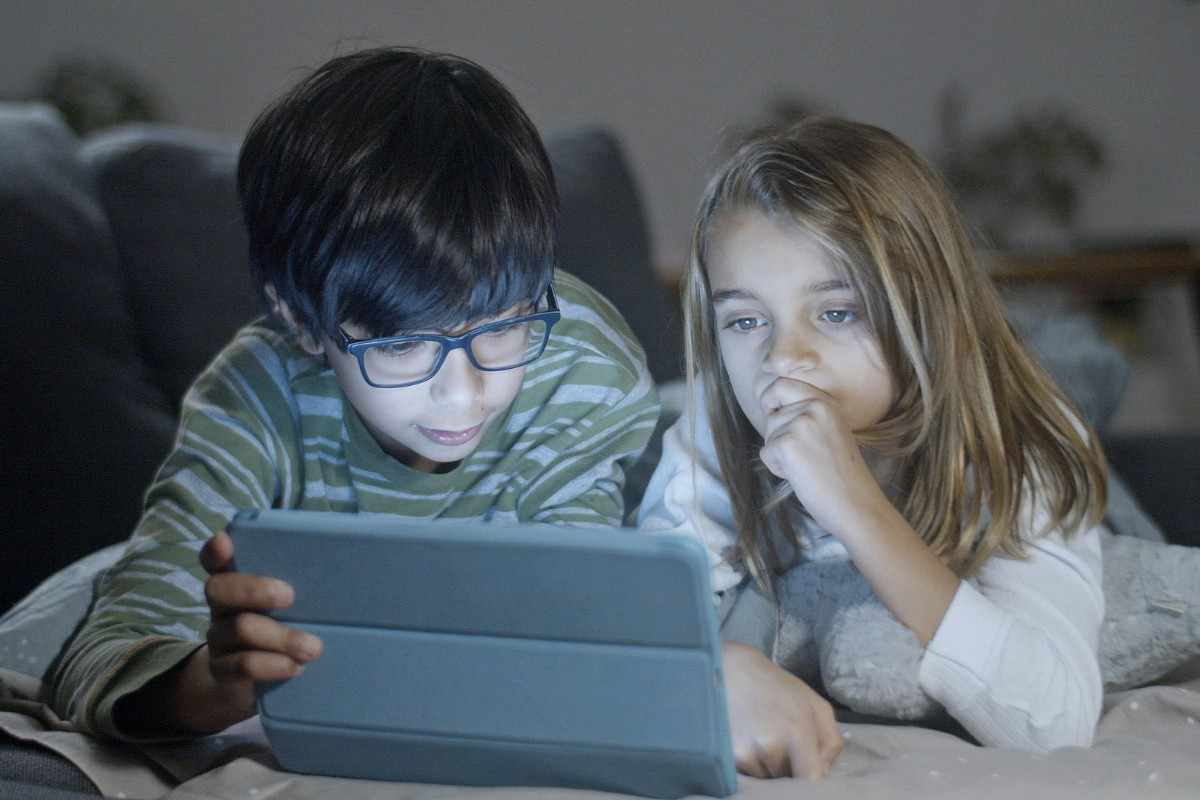Raising children has never been a simple task, but the digital revolution has added a whole new layer of complexity.
From toddlers glued to YouTube videos to teenagers scrolling endlessly on TikTok, today’s children are digital natives, immersed in technology from the moment they can hold a tablet.
While screens can be educational and entertaining, excessive use—especially unsupervised—can have serious effects on mental, emotional, and physical health.
Social media, in particular, brings challenges related to self-esteem, online safety, and emotional regulation.
As parents, we find ourselves navigating unfamiliar territory, trying to strike a balance between healthy screen exposure and real-world connection.
In this post, we’ll explore how technology affects our children, the latest research on screen time and social media, and practical strategies for raising emotionally healthy kids in a digital world.
The Digital Dilemma: Understanding Screen Time
📱 What Counts as Screen Time?
Screen time includes all time spent in front of digital devices:
- Smartphones
- Tablets
- Computers
- Televisions
- Video game consoles
According to the American Academy of Pediatrics (AAP), screen time is not inherently harmful, but quality, content, and context matter more than the raw number of hours.
⏳ Recommended Screen Time by Age Group
- Under 18 months: Avoid screen time except for video chatting.
- 18–24 months: High-quality programming with parent supervision.
- 2–5 years: Limit to 1 hour per day of educational content.
- 6 years and older: Set consistent limits, ensure it doesn’t interfere with sleep, physical activity, and family interaction.
How Excessive Screen Time Impacts Kids
Overuse of screens is linked with a range of issues:
😴 1. Poor Sleep Quality
The blue light emitted from screens disrupts melatonin production, affecting children’s ability to fall asleep and stay asleep.
🧠 2. Attention and Cognitive Delays
Heavy screen use, especially passive consumption like endless video watching, has been associated with attention issues, especially in younger children.
🛑 3. Reduced Physical Activity
Screen time often replaces outdoor play, leading to increased risk of obesity, poor motor skills, and even weakened eyesight.
💬 4. Impaired Social Skills
Too much time online may hinder a child’s ability to read facial expressions, resolve conflicts, and build empathy.
💔 5. Increased Anxiety and Depression
Studies show a strong correlation between screen addiction and mental health challenges, particularly in adolescents. Social media, in particular, is a major culprit.
The Social Media Challenge
📉 1. Self-Esteem and Comparison Culture
Apps like Instagram, Snapchat, and TikTok create environments where children compare themselves to carefully curated (often filtered) versions of others’ lives. This constant comparison can lead to:
- Low self-worth
- Body image issues
- Fear of missing out (FOMO)
🚨 2. Cyberbullying
Unlike in the past, bullying now follows children into their bedrooms through screens. Anonymous accounts, cruel comments, and viral shaming videos can severely affect a child’s mental health.
📵 3. Addiction and Dopamine Loops
Social media platforms are engineered to be addictive. The likes, follows, and comments create dopamine spikes that can make kids crave constant validation, rewiring their brains for short-term gratification rather than real-world resilience.
Signs Your Child May Be Struggling with Screen Overuse
Look out for these behavioral red flags:
- Withdrawal from family activities
- Mood swings or irritability when asked to put devices away
- Decline in academic performance
- Sleep disturbances
- Constant checking of devices, even during meals or conversations
Strategies for Managing Screen Time
🕐 1. Set Age-Appropriate Limits
Use the AAP guidelines to establish clear daily limits and enforce screen-free times (e.g., during meals, before bed, or during family outings).
🧠 2. Focus on Content, Not Just Time
Encourage educational apps, creative games, and family-friendly shows instead of passive or violent content. Co-view or co-play when possible to discuss and engage with what they’re watching.
🧩 3. Encourage Offline Hobbies
Promote physical activities, creative play, reading, and face-to-face socializing to offer engaging alternatives to screens.
🗓️ 4. Create a Digital Routine
Consistency is key. Build a family schedule that includes screen time as part of a balanced daily routine with plenty of offline activities.
🛏️ 5. No Screens in the Bedroom
Keep devices out of children’s bedrooms, especially at night. Use a charging station in the living room or kitchen instead.
Helping Kids Navigate Social Media Safely
🛡️ 1. Be Involved, Not Intrusive
Talk openly with your children about the apps they use. Ask what they like about them and what they see online. Avoid judgment—be a safe space for them to share.
👀 2. Monitor Without Spying
Younger children may need parental controls or app limits, but for teens, the goal is digital trust. Encourage transparency over secret surveillance.
💡 3. Teach Digital Literacy
Help kids understand:
- That not everything they see online is real
- How algorithms work and why they’re seeing certain content
- How to recognize fake news and dangerous trends
❤️ 4. Prioritize Values Over Virality
Remind children that likes and followers are not real indicators of worth. Praise kindness, creativity, and effort over online popularity.
Building a Healthy Relationship with Technology as a Family
🤝 1. Be a Digital Role Model
Children learn from what they see. Put your phone away during meals, limit your own scrolling, and prioritize connection over distraction.
📆 2. Create Tech-Free Zones or Days
Make the dinner table, bedrooms, or Sunday afternoons screen-free. Use this time for board games, nature walks, or storytelling.
✍️ 3. Family Screen Time Contracts
Especially for older kids, co-create a screen time agreement that includes:
- How long they can use devices
- What platforms or content are appropriate
- What the consequences are for breaking the rules
When to Seek Professional Help
If your child’s screen time habits are affecting their mental health, school performance, or relationships, it may be time to speak with:
- A child psychologist
- A family counselor
- A pediatrician
Early intervention can help break unhealthy patterns and build resilience.
Final Thoughts: Parenting with Presence in a Digital World
Raising kids in the digital age doesn’t mean rejecting technology—it means embracing it mindfully and teaching our children to use it as a tool, not a crutch. Screen time and social media aren’t going away, but we can equip our children with the emotional tools, boundaries, and critical thinking skills they need to thrive in an online and offline world.
Your involvement, modeling, and open communication can help your child build a healthy digital identity and a strong sense of self that isn’t dependent on screens.









